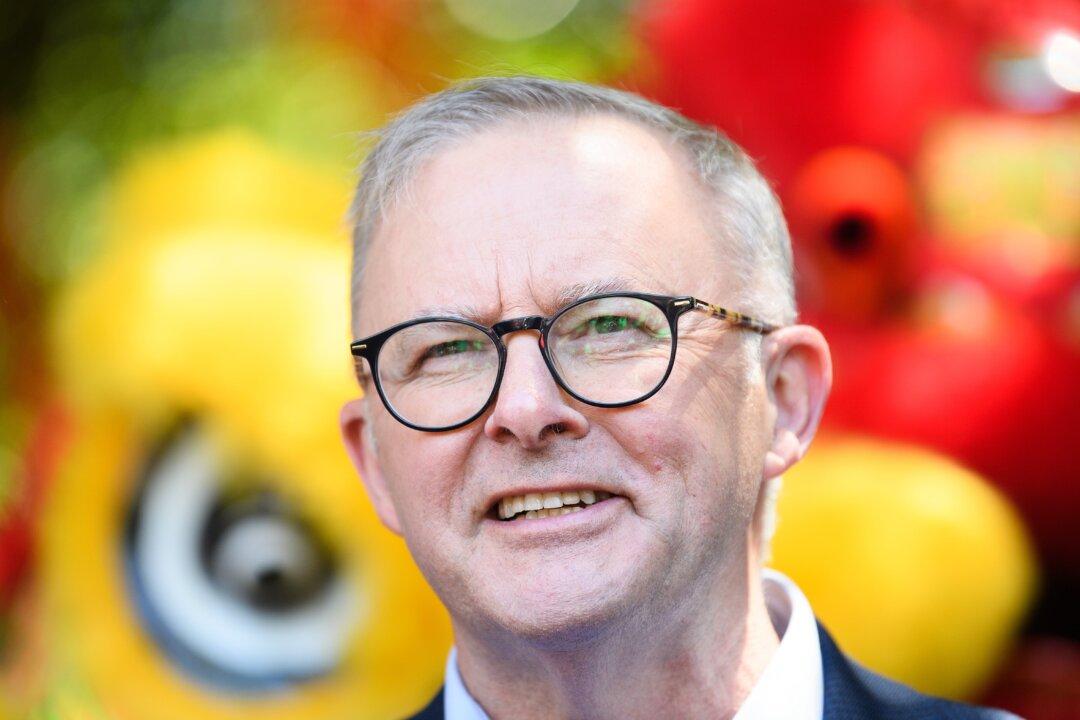The Australian state of Victoria will pause non-urgent surgeries as it scrambles to deal with rising demands on its health service amid a growing outbreak of the CCP virus.
Health Minister Martin Foley confirmed that public hospitals from Oct. 14 will only perform Category 1 surgeries (must be treated within 30 days) or 2A surgeries (90 days).
“Other categories of clinical care will be rescheduled on a case-by-case basis, depending on particular circumstances in particular locations,” Foley told reporters on Oct. 12.
“As COVID cases increase, we foreshadowed that we will be shifting capacity from the state sector to the private sector, and with that, we will be progressively seeking to switch off elements of non-urgent care,” he added.
“This is an unfortunate, but necessary, measure to take account of the increased demand ... and we can’t rule out further changes.”
So far, 675 patients with COVID-19 are in hospital, with 144 in intensive care units and 100 of those on ventilators. Last year, health authorities paused non-urgent surgeries to deal with an infection spike.
The Victorian government will also inject $255 million into creating a hospital surge support allowance for health workers treating COVID-positive patients for the next four months—equating to $60 per shift from next week.
“We know that the next few months, as Victoria opens, are going to be incredibly challenging and difficult … for all our healthcare workforce,” Foley said.
Another $2.5 million will be spent on recruiting up to 1,000 healthcare workers from overseas, 60 percent of which will be returning Australians, to help ease the pressure on the health system.
The nurses, doctors, midwives, and allied health workers will arrive from November to March 2022.
Victoria has seen some of its highest daily COVID-19 infection rates on record.
The COVID-19 pandemic has exposed and exacerbated, long-term issues with the health systems of various Australian states.
In particular, ambulance ramping—when patients are forced to wait outside hospitals until there is capacity for them to be transported inside—has become an increasingly prominent issue, even in states with low COVID-19 case numbers.
“Ambulance ramping is what the public see and hear about via news reports. They might be less aware of bed shortages or access blocks in the aged care sector, which flows back to the hospital bed availability,” according to Malcolm Boyle, academic lead in Paramedic Education and director of Paramedicine Programs at Griffith University.





